How to Fix Calendar Missing in Microsoft Teams on Windows 10?
The Calendar feature in Microsoft Teams may suddenly disappear, stopping you from scheduling or viewing meetings. This usually happens due to a problem with your Office 365 license, particularly related to Exchange Online, which syncs calendars between Outlook and Teams. The most common reason is having an incorrect or missing Exchange Online license.
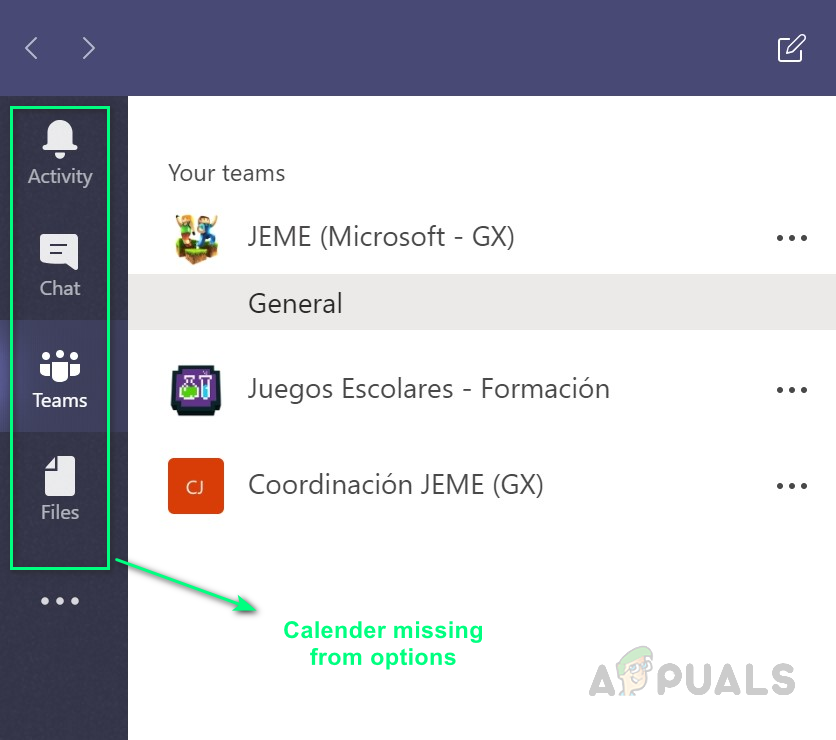
It could also happen if the calendar app isn’t added in the Teams admin settings or if the organizational app policy doesn’t include it.
Now that you understand the possible causes of the problem, you can move on to the solutions provided below.
1. Fix MS Teams App Setup Policy
Adjusting the App Setup Policy in Teams can restore the Calendar by ensuring it is included in the app setup policies, making it available to everyone in the organization.
- Log in to the Microsoft Teams Admin Center with your Office 365 admin account.
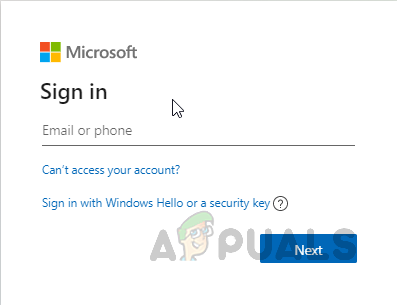
Providing User Login Credentials - Click Users in the left menu, then choose your account to view account settings like General, Policy, etc.
- In the Policies tab, select Global (Org-wide default) in the App setup policy section to access MS Teams policy settings.
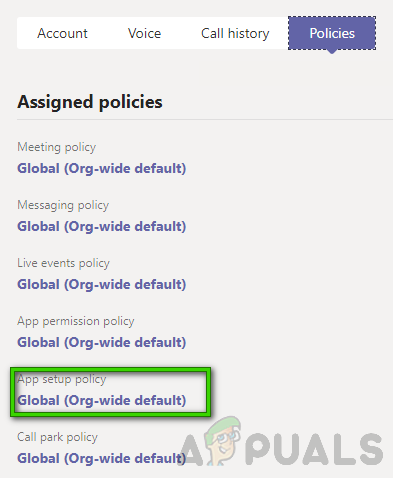
Selecting App Setup Policy - Check under Pinned apps for the calendar. If absent, click Add apps and select Calendar to add it to the MS Teams menu.
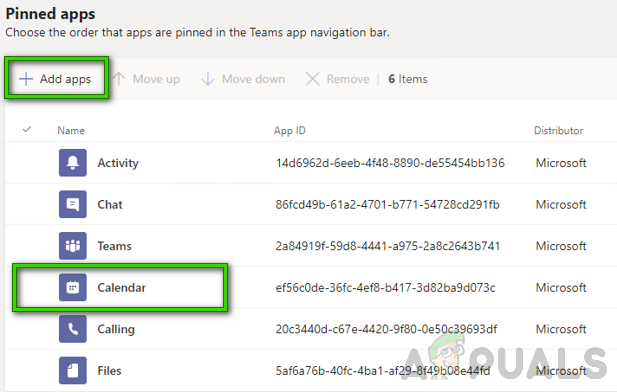
Adding Calendar in MS Teams Menu - Launch Microsoft Teams to see the calendar option in the default menu, resolving the issue.
2. Check Exchange Web Services Protocol
To address a missing calendar in Teams, check the Exchange Web Services (EWS) Protocol. This protocol must be enabled for Teams to access your Outlook calendar. If EWS is off, Teams can’t retrieve calendar data. Enabling this protocol restores calendar functionality.
- Open Windows PowerShell with admin privileges: Click Start, search Windows PowerShell, right-click it, and select Run as Administrator.
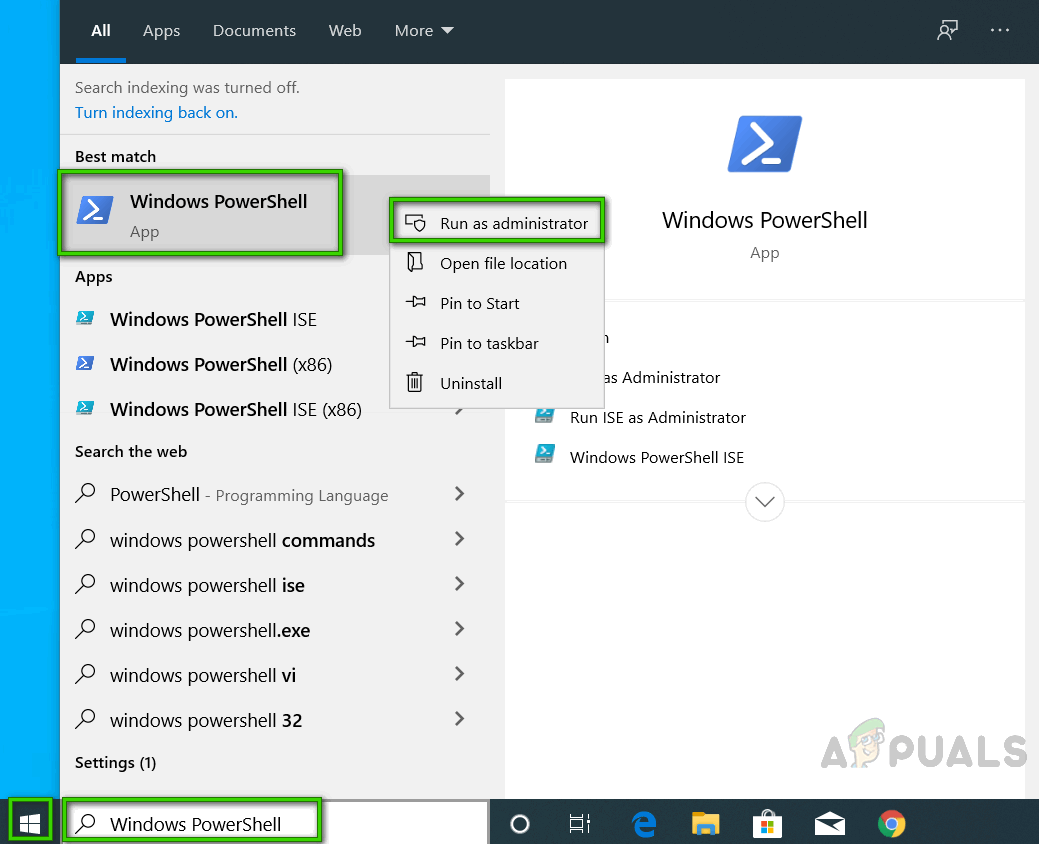
Running Windows PowerShell as Administrator - Check EWS Status: Enter the command below in PowerShell. If “EwsEnabled” is false, proceed to step 3; otherwise, skip to the next solution.
Get-CASMailbox "Identity Name" | fl ews*
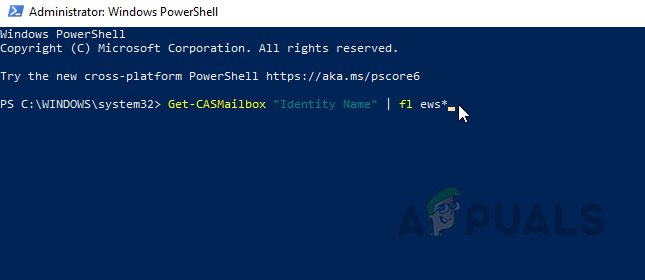
Running Command in Windows PowerShell - Enable Exchange Web Services: Execute this command in PowerShell to enable the calendar feature in MS Teams.
Set-CASMailbox "Identity Name" -EwsEnabled $True
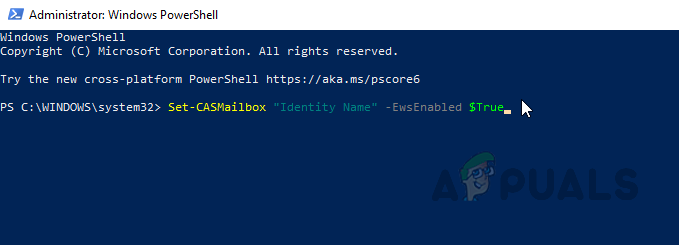
Enabling Exchange Web Services - Open Microsoft Teams and verify the calendar is now available in the default menu.
3. Allow Exchange On-Premises Mailboxes (For Cloud Users)
If your organization uses on-premises Exchange mailboxes and Microsoft Teams in the cloud, enabling hybrid functionality is important. This setup syncs the mailboxes with Microsoft 365, allowing Teams to show calendar data from local servers. Without it, Teams can’t access on-premises mailbox data, leading to missing calendar issues.
Before proceeding with the solution steps, there are some requirements that must be met to ensure the success of this solution.
- Users must be synchronized with the organization’s Azure Active Directory.
- The user must have a working Exchange on-premises server mailbox.
- Exchange Server must have a hybrid connection.
- Exchange Server must be running Exchange Server 2016 or above.
- OAuth authentication must be configured.
For cloud users, the calendar in MS Teams is linked to their Exchange Online (EXO) calendar. When you schedule a meeting in Outlook, it appears in MS Teams and vice versa. After meeting the requirements, ask your IT expert to grant MS Teams access to your Exchange on-premises organization for Autodiscover and EWS. The following information will assist your organization in the process:
- Autodiscover and EWS URLs should be accessible from the Internet (directly accessible from your web browser). Pre-authentication is not supported, and if you use some publishing system, you will need to configure pass-through.
- OAuth authentication should be configured and functioning between your O365 tenant and Exchange on-premises. To facilitate this, we highly recommend running the Hybrid Configuration Wizard (HCW) to configure a full hybrid environment. Make sure to run the latest CUs on-premises, as per our hybrid requirements.




